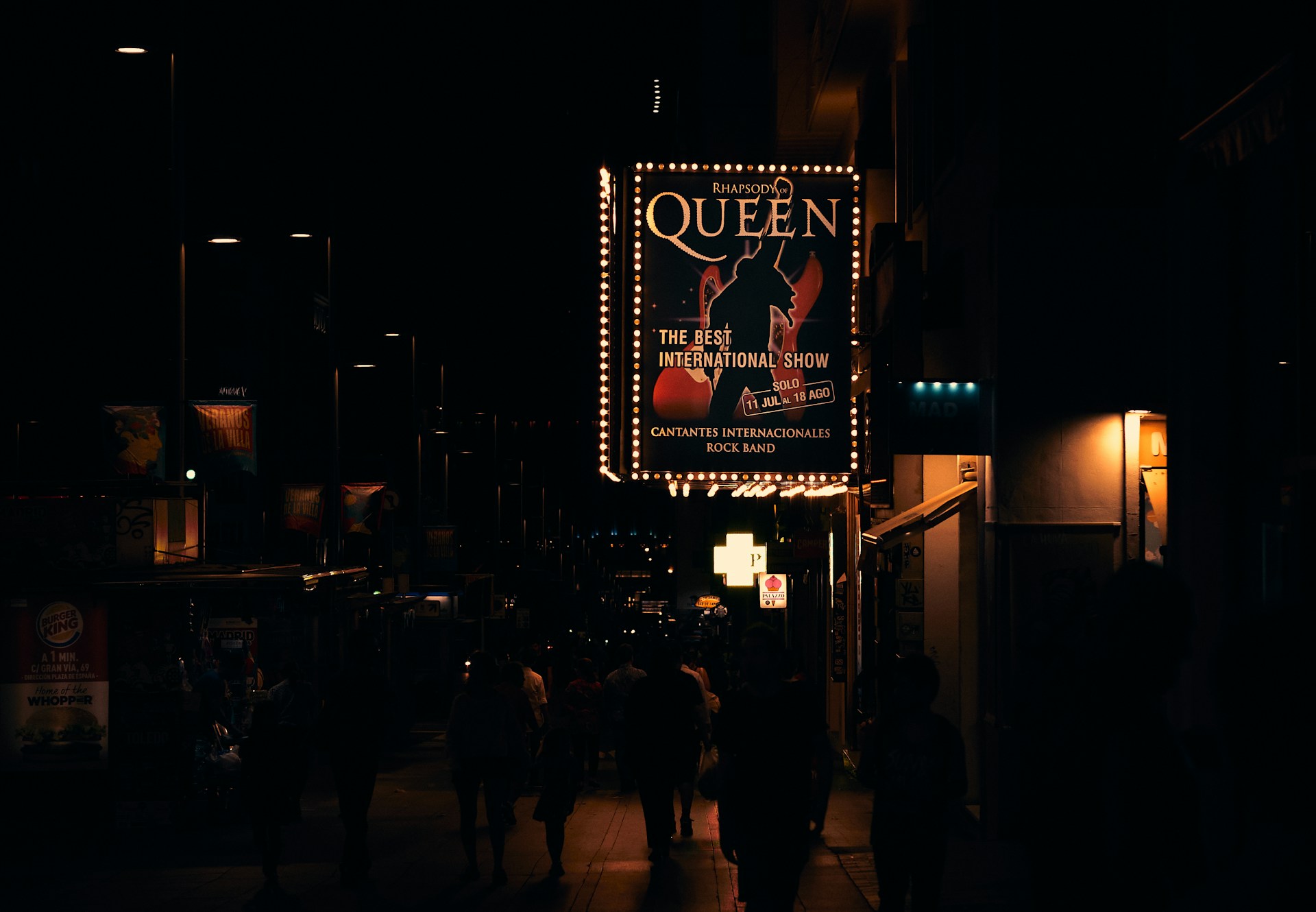
“Bohemian Rhapsody” is more than just a song; it’s a cultural phenomenon that has transcended generations. Released by Queen in 1975, this iconic track from their album A Night at the Opera continues to captivate audiences with its innovative structure and bold blend of musical styles. Despite its unconventional approach, “Bohemian Rhapsody” has achieved global acclaim and remains a staple of classic rock. But what exactly makes this song so remarkable? In this blog post, we’ll delve into some key insights that shed light on the magic behind “Bohemian Rhapsody.”
A Genre-Defying Masterpiece
One of the most striking aspects of “Bohemian Rhapsody” is its refusal to be confined by traditional genre boundaries. The song seamlessly fuses rock, opera, and ballad elements into a single, cohesive narrative. This daring blend was unheard of at the time and is still rare today. From the gentle piano introduction to the explosive guitar solo and operatic middle section, Queen challenges listeners’ expectations, taking them on a musical journey that defies easy categorization. Today, the song’s innovative composition continues to inspire countless musicians and composers. For those interested in mastering this iconic piece, the Bohemian Rhapsody piano sheet music is widely available, allowing pianists to explore its complex harmonies and dynamic shifts. There’s also no shortage of guitar tabs and covers for those wanting to recreate Brian May’s legendary solo.
The Storytelling Genius
At its core, “Bohemian Rhapsody” tells a story—albeit a cryptic one. The lyrics, penned by Freddie Mercury, are famously enigmatic, leaving listeners to interpret the narrative in countless ways. Some speculate that the song explores themes of guilt and redemption, while others see it as a metaphor for Mercury’s struggles with identity. Regardless of the interpretation, the song’s narrative structure is compelling. The shifts in musical style reflect the different emotional phases of the protagonist, drawing listeners deeper into the story. This ability to weave a narrative through music, rather than relying solely on lyrics, sets “Bohemian Rhapsody” apart from many other songs of its time.
Freddie Mercury’s Vocal Brilliance
Freddie Mercury’s vocal performance in “Bohemian Rhapsody” is nothing short of extraordinary. His ability to switch between soft, introspective tones and powerful, operatic flourishes is a testament to his range and control as a vocalist. Mercury’s voice brings the song’s complex emotional landscape to life, making each section feel distinct yet connected. Whether he’s delivering the heartfelt piano ballad in the beginning or the operatic theatrics in the middle, Mercury’s vocals anchor the song, ensuring that its ambitious structure doesn’t overwhelm the listener. His vocal brilliance, combined with his charismatic stage presence, cemented his status as one of rock’s greatest frontmen.
The Innovative Production Techniques
“Bohemian Rhapsody” is as much a triumph of production as it is of songwriting. Producer Roy Thomas Baker and the members of Queen pushed the limits of what was technically possible in the studio at the time. The song features multi-track recording on an unprecedented scale, with dozens of layers of vocal harmonies and instrumental tracks carefully woven together. This meticulous approach created the song’s lush, intricate sound, which still feels fresh and dynamic today. The operatic section, in particular, showcases the band’s commitment to innovation, with Mercury’s voice layered upon itself multiple times to create a choir-like effect. These production techniques set a new standard for what could be achieved in rock music, influencing countless artists who came after.
A Cultural Impact That Endures
“Bohemian Rhapsody” is not just a song—it’s a cultural touchstone that has left an indelible mark on popular culture. From its initial success in the 1970s to its resurgence in the 1990s after being featured in the movie Wayne’s World, the song has continually found new audiences. Its influence extends beyond music, inspiring everything from parodies to tributes in other media. The song’s ability to resonate with different generations speaks to its timeless appeal. Whether it’s being sung by fans at concerts or covered by artists across genres, “Bohemian Rhapsody” has transcended its status as a mere hit single to become a symbol of artistic daring and creativity.

“Bohemian Rhapsody” is a rare example of a song that challenges conventions while also achieving mass appeal. Its genre-defying composition, narrative depth, vocal excellence, innovative production, and lasting cultural impact all contribute to its enduring legacy. Over four decades after its release, the song continues to inspire and captivate listeners, proving that true artistry knows no boundaries. In a world where music often follows familiar patterns, “Bohemian Rhapsody” remains a bold testament to the power of creative vision and the limitless possibilities of what a song can be.




